6. Tokyo Story
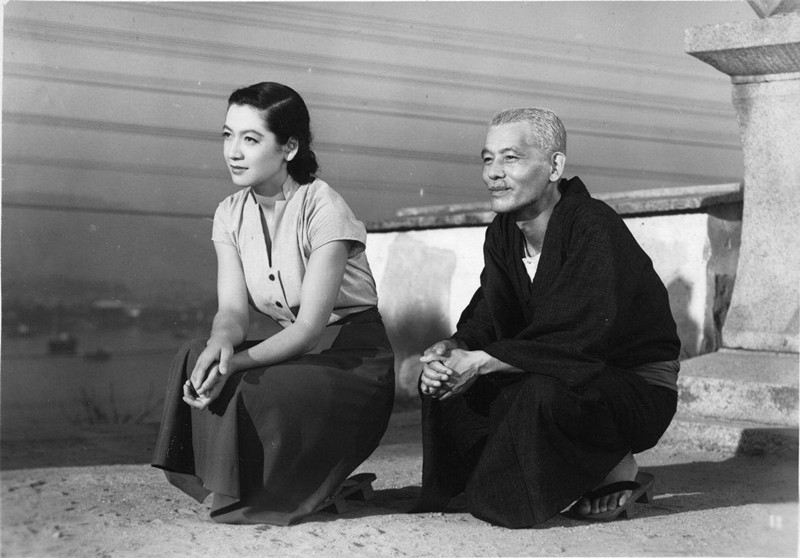
All of Yasujirō Ozu’s films indeed are meditations on the nature of life and existence. His are films that do not try to give answers, but instead focus on how humans experience relationships with each other and the passing of time.
In “Tokyo Story,” one of his most acclaimed films, we see the idiosyncratic characters of his films, the old parents, the neglectful sons, the kids and the young conflicted woman. The film was released 1953 during Ozu’s career peak, thus it displays his unique style in its greatness, as we see the old parents visit their offspring in Tokyo.
At the time of the visit, Tokyo was entering modernity, and as the offspring of the old already have a life of their own, their parents realize that their place in the lives of their sons and daughter and in the city in general is changing. At the same time, their daughter-in-law is coping with her own problems.
Through the film, we see how the characters fail to understand each other and other times succeed at it while they experience the passing of time and thus death, loneliness and the passing of generations.
7. La Dolce Vita
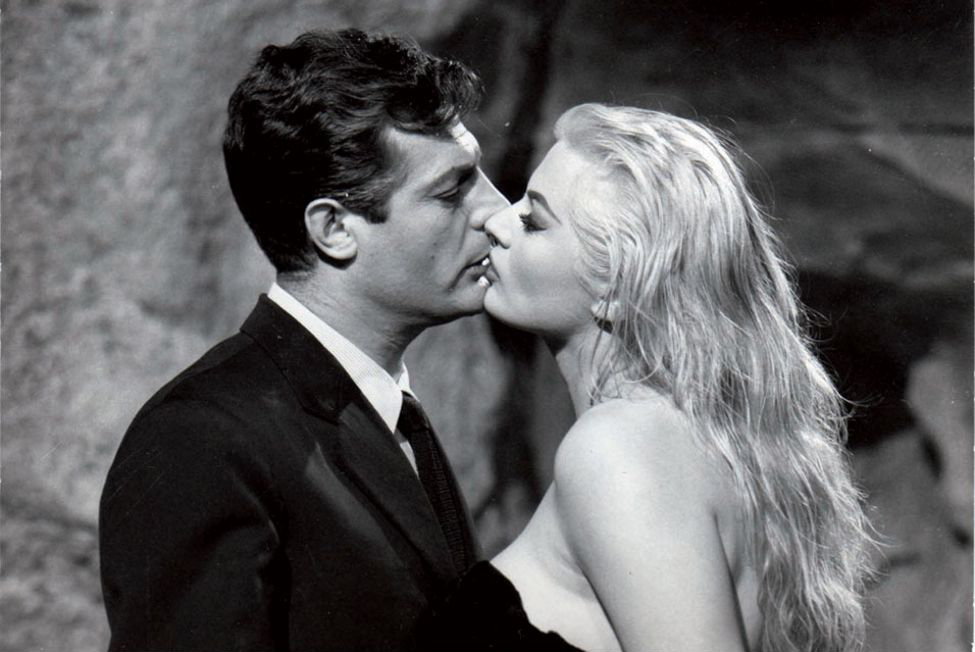
Released in 1960, “La Dolce Vita,” written and directed by Federico Fellini, became of greatest films in history and the world. The film is the landmark between the two styles of Fellini, the passing from realism to symbolism.
The film was banned in several countries for its “obscene” content. It displays several episodes in the life of the main character Marcello, and the “sweet life” of Rome along with rich and famous characters who, like Marcello, are in search of fulfillment through money and pleasure. But they, like Marcello, appear to constantly fail and continue in a never-ending search.
The film is divided into several episode that are not dramatically related to one another; sometimes a character appears once and is never seen again, and other times they reappear in another episode. Marcello is a journalist who goes from one party to another and forms one crew after another; we follow him through several days and nights until the ending where he sees a young girl on the beach.
The gesture that Marcello makes when he cannot understand the girl is one of the most famous scenes of the film, as Marcello appears to recognize his decaying state and leaves the girl, who represents everything he is not.
8. Au Hasard Balthazar
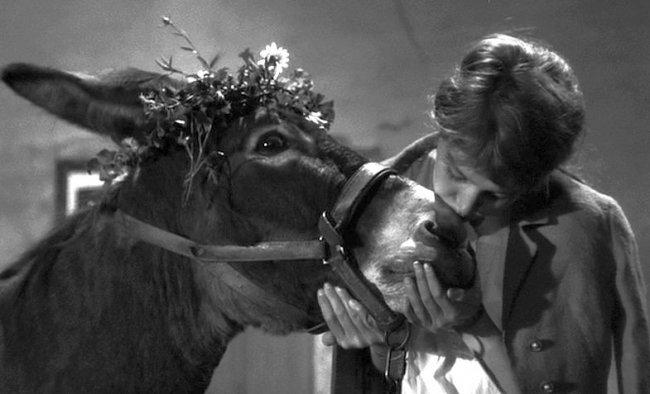
One of the greatest films from French director Robert Bresson. It is told in the highly formal style of Bresson, who was concerned with creating a film language that distanced itself from theater and which used only indispensable resources.
This is a film of details, where the touching of hands and glances are very meaningful, in a story that reveals a fatalistic and pessimistic perspective on life but only after showing it most beautiful episodes. It is not by chance that the Dardenne Brothers picked the ending of this film to portray how deeply cinema can affect and connect humans in their short film “Dans L’Obscurite.”
The film is about the life of a young girl named Marie and a donkey whom she names Balthazar. The first episode of the film involves Marie and a young kid in love; they adopt Balthazar and live a childhood paradise until they have to separate. From then on, we see how life becomes more and more difficult for all of them. Both Balthazar and Marie are constantly abused and have to deal with the cruelty of others, much of the time not being able to defend themselves.
9. Boyhood
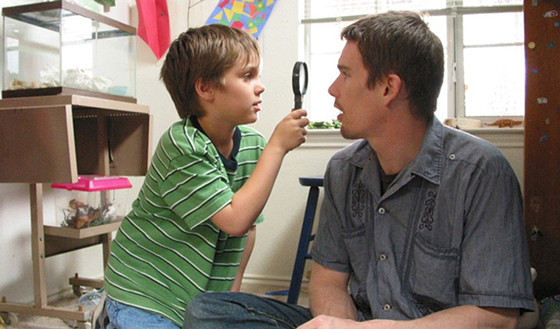
The film, shot over 12 years with the same actors without a main dramatic conflict that ties the entire plot together, was directed by Richard Linklater, who decided to make a film where the conducting thread is time and life instead of a single action.
In this film we see Mason struggle with the problems that involves being a kid and growing up, but also finding pleasure in it. Through the film, Mason has to figure out what he wants to do with his life and who he wants to become, but this is done in the background of the constant problems of ordinary day-to-day life.
The fact that the actors are aging along with the characters makes the film unique, as it shows how the passing of time and life itself affects in a way that maybe it had never been seen in cinema. As there is no dramatic connection between the several chapters of the film, there is no ending that ties everything together and gives meaning to all of the actions.
Instead of this, we see Mason as he starts a new stage of his life, full of uncertainty but also with the feeling that something has ended and something else is beginning, a feeling that is sometimes much better than a clear answer.
10. The Meaning of Life
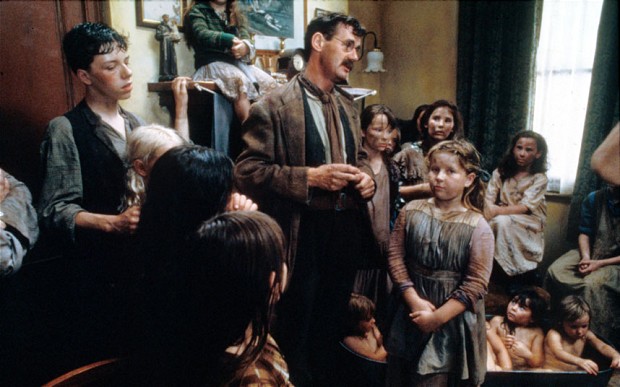
A film that tackles the meaning of life made by the legendary Monty Python became one of the group’s greatest creations. The film is divided into several segments corresponding to some of the stages of life, such as “Growing and Developing” and “Fighting Each Other.” The Pythons tackle this stages of life with their characteristic absurd, ironic and cynical sense of humor. The film is also full of self references and breaking of the fourth wall.
In the film, the question for the meaning of life and life itself are not taken seriously; instead with their gags and musical numbers, the Pythons criticize and expose the absurdity and contradictions of life. Even through all of the jokes, there a powerful symbolism in the film’s sketches and they indeed reveal “the meaning of life,” which is written on a card.
It ended being quite really simple: “M-hmm. Well, it’s nothing very special. Uh, try and be nice to people, avoid eating fat, read a good book every now and then, get some walking in, and try and live together in peace and harmony with people of all creeds and nations.”